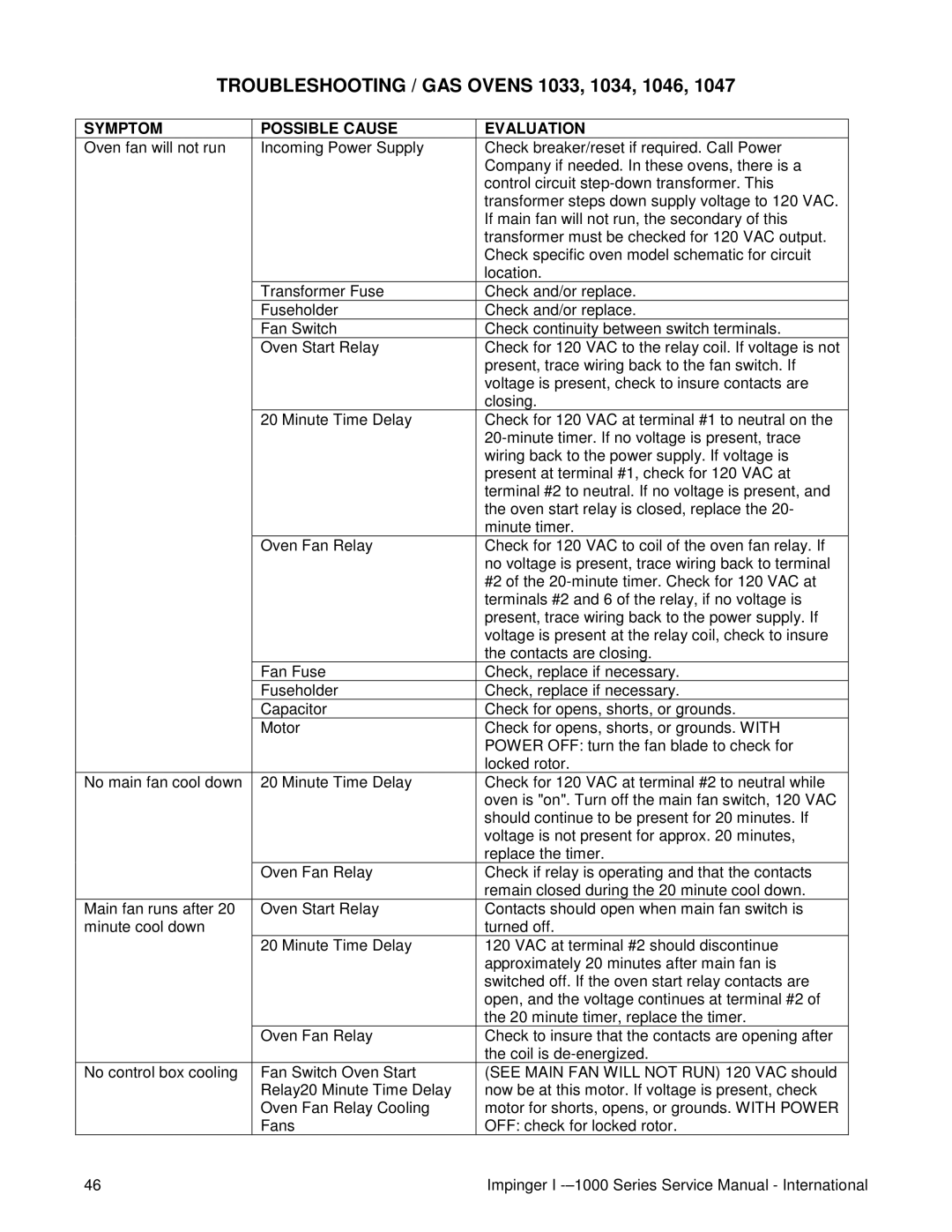Series 1000, Series 1200 specifications
The Lincoln Series 1200 and Series 1000 are two distinguished models in the range of Lincoln Electric welding machines, epitomizing quality, versatility, and advanced technology for both industrial and residential welding applications.The Lincoln Series 1200 is renowned for its robust build and high-performance capabilities. One of its main features is the ability to perform both MIG (Metal Inert Gas) and stick welding processes, making it a versatile option for various welding requirements. It incorporates an intuitive control panel that allows for easy settings adjustments, ensuring operators can swiftly adapt to different materials and thicknesses. The Series 1200 is equipped with a powerful drive system to provide smooth wire feeding, minimizing downtime due to jams or misfeeds. Additionally, its high-duty cycle support allows continuous operation, making it an ideal choice for professional welders and fabrication shops.
In terms of technology, the Series 1200 employs advanced inverter technology that enhances energy efficiency while reducing the machine’s overall weight. This results in portability without compromising power, making it a practical choice for on-site tasks. Moreover, the machine features an automatic voltage adjustment that optimizes performance based on the input voltage, ensuring reliable operation even under fluctuating power conditions.
On the other hand, the Lincoln Series 1000 is specifically designed for entry-level users and small projects. It shines with its user-friendly interface, which simplifies the welding process for beginners. This model typically includes pre-set parameters and an easy-to-read display, enabling novice operators to achieve excellent welds with minimal experience. Despite its entry-level focus, the Series 1000 does not skimp on performance, offering dependable results across various materials.
Both the Series 1200 and Series 1000 incorporate safety features, including thermal overload protection, ensuring that users can operate the machines with peace of mind. Their durable construction allows for prolonged use in tough work environments without sacrificing reliability.
In conclusion, the Lincoln Series 1200 and Series 1000 cater to a wide range of welding needs, from professional applications to home projects. Their respective features and technologies present options that can fit various skill levels while delivering exceptional welding performance and longevity. Whether you are a seasoned professional or a hobbyist, Lincoln Electric provides reliable solutions to meet your welding requirements.
